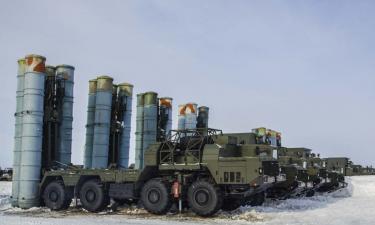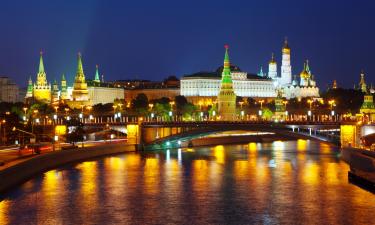The Tunguska meteorite mystery is still unveiled
A very powerful blast took place 94 years ago 70 kilometers far from the settlement of Vanavara in Russia’s Siberian republic of Evenkiya. The power of the explosion was equal to two thousand explosions of Hiroshima A-bomb.
A huge meteorite flew over the vast territory of West Siberia on June 30, 1908 at 7:15 a.m. The people, who could see the meteorite in cloudless sky, were horrified with its bright light and rattling sounds. People said that they could see a big ball of fire flying eastwards and falling in the woods. When scientists evinced their interest in the meteorite, they calculated the damage of the Earth – 2000 square kilometers. The blast of the year 1908 changed the magnetic field of the Earth: the magnetic storm, which was registered on the outskirts of the Russian city of Irkutsk, lasted for 3.5 hours.
Strange consequences of the collision continued 15-20 hours after the catastrophe: unusual luminescence of the atmosphere and noctilucent clouds were registered on the territory, which totaled 12 million square kilometers. The radiance of the sky was so bright, that people could not fall asleep – the light was so bright that you could easily read a newspaper at night.
Thousands of square kilometers of woods were burnt. Scientists have had a lot of talks, trying to find out the reason of the phenomenon in Siberia. The major version was about the collision of the Earth with a comet or an asteroid, but none of countless expeditions found either a crater, or some fragments of a space object. This gave birth to a lot of unusual hypotheses: someone said that it was connected with aliens, others said that the Earth collided with a black hole. For the time being there are more than a hundred of hypotheses, explaining the reason of the super-blast: they vary from the explosion of marsh gas (methane) to a spaceship catastrophe.
The epicenter of the explosion is still preserved: thousands of trees, lying on the ground with their roots to the center. There is the Tunguska state reserve on that site currently, which gathers scientists (and even tourists) from all over the world. Other hypotheses supposed that the Tunguska meteorite was made of the anti-substance. The blast that could be seen and heard, when the meteorite fell down, was the result of the collision of the substance of the Earth and the anti-substance of the meteorite. But the radioactivity is normal in the area of the fall, there are no radioactive elements in the rocks, so a nuclear explosion could not take place there. It was also supposed that the Tunguska meteorite was a micro-black hole, which entered the Earth in the area of the fall, ran through the planet and went out in the Atlantic ocean. This hypothesis also has its contradictions, like the issue of micro-black holes existence, luminescence of atmosphere, etc. Italian scientists said that they found the right answer: they said that an asteroid of low density blew up in the atmosphere of the Earth.
The Tunguska meteorite was apparently similar to Matilda asteroid, which was photographed by NEAR-Shoemaker spacecraft in 1997. Matilda’s density was close to water. Such an object could explode and fall to little pieces in the atmosphere, but the air-blast could reach the Earth, which explained the absence of fragments.
Elena Kiseleva PRAVDA.Ru
Translated by Dmitry Sudakov
Subscribe to Pravda.Ru Telegram channel, Facebook, RSS!



